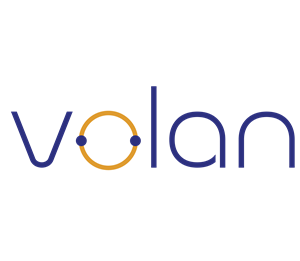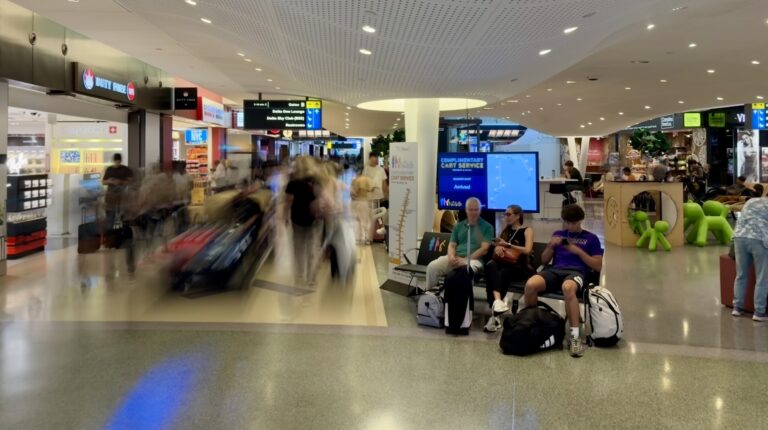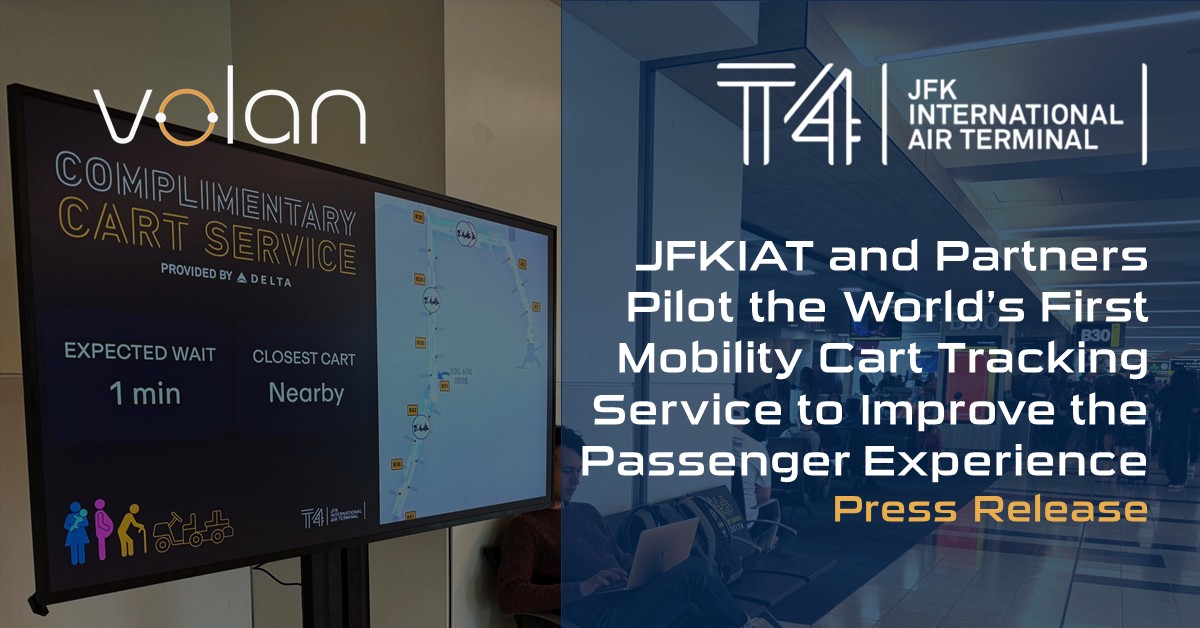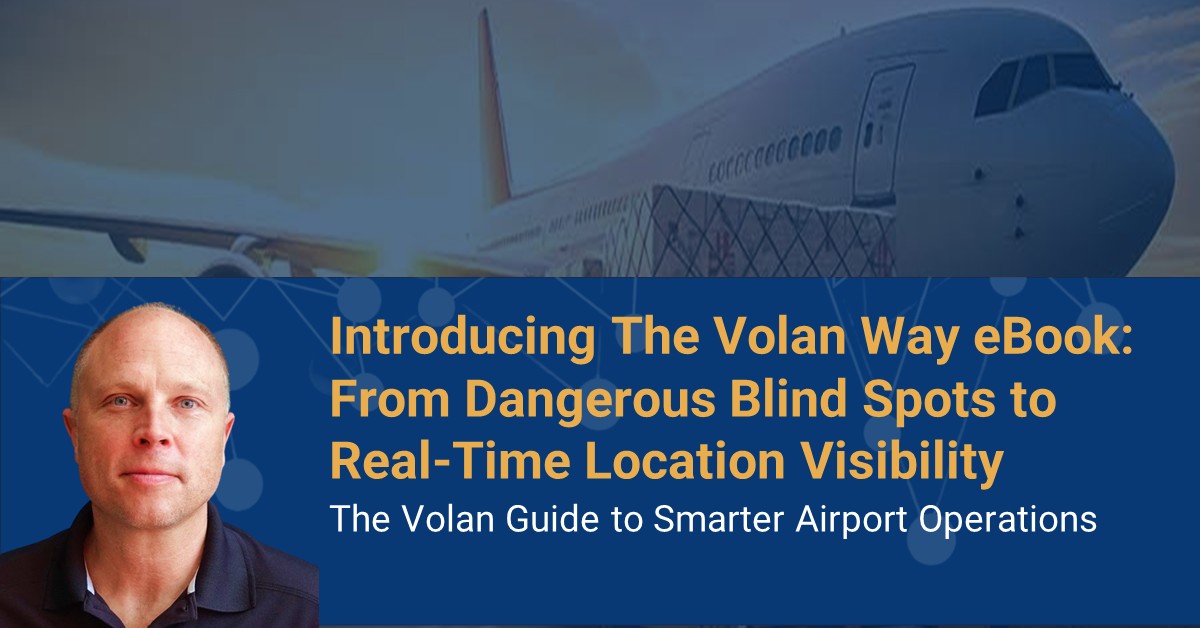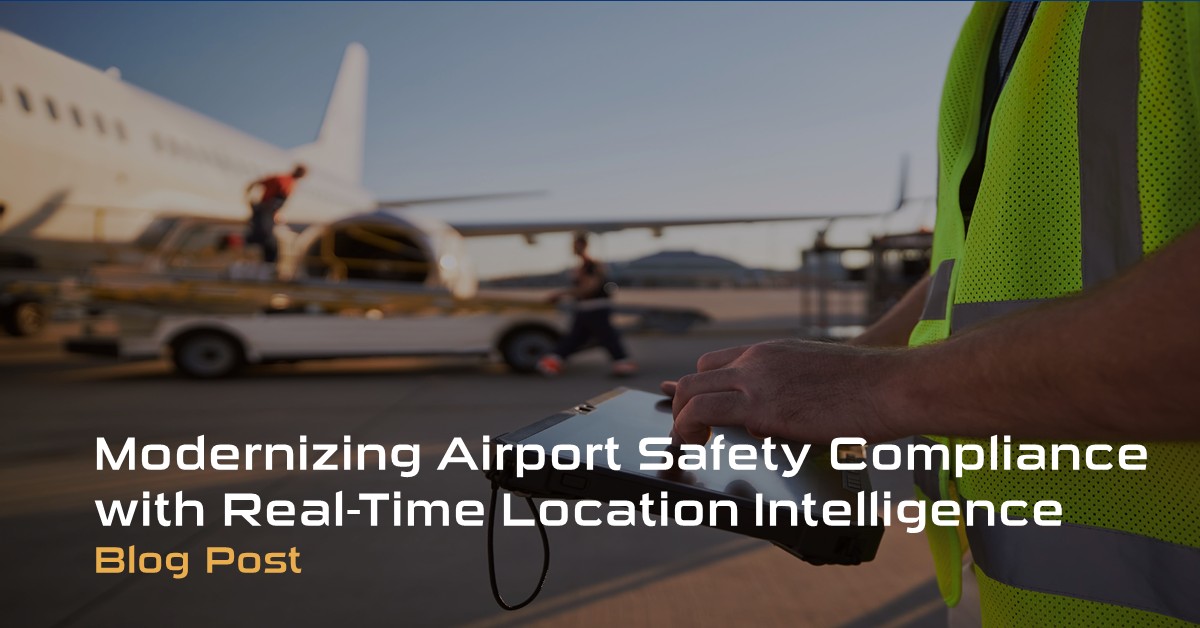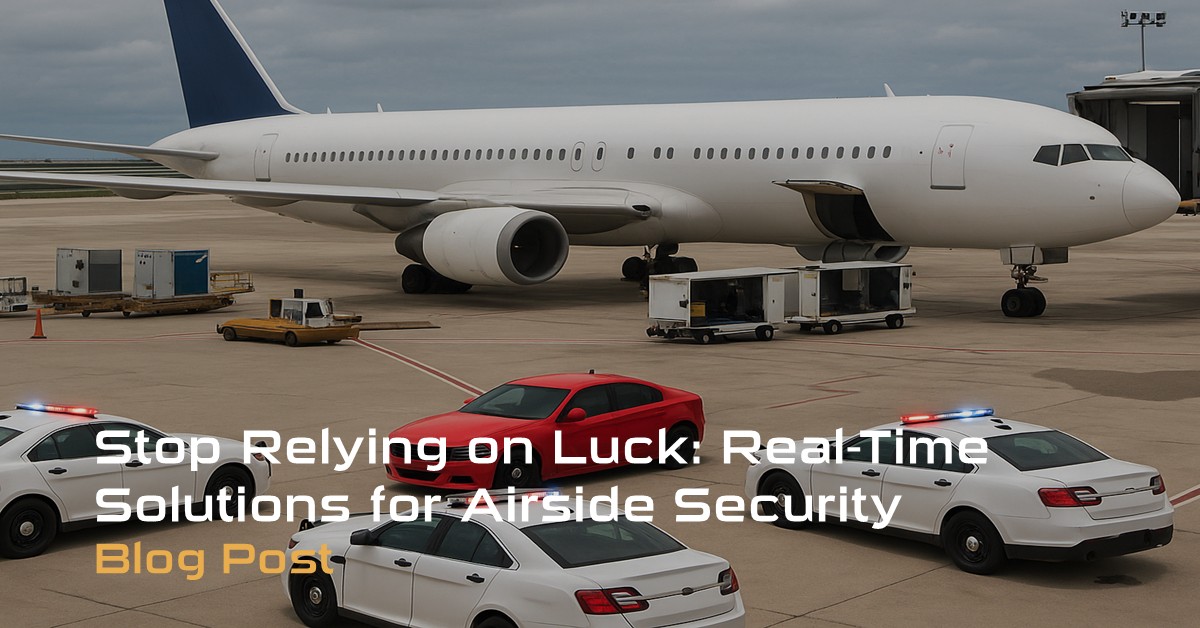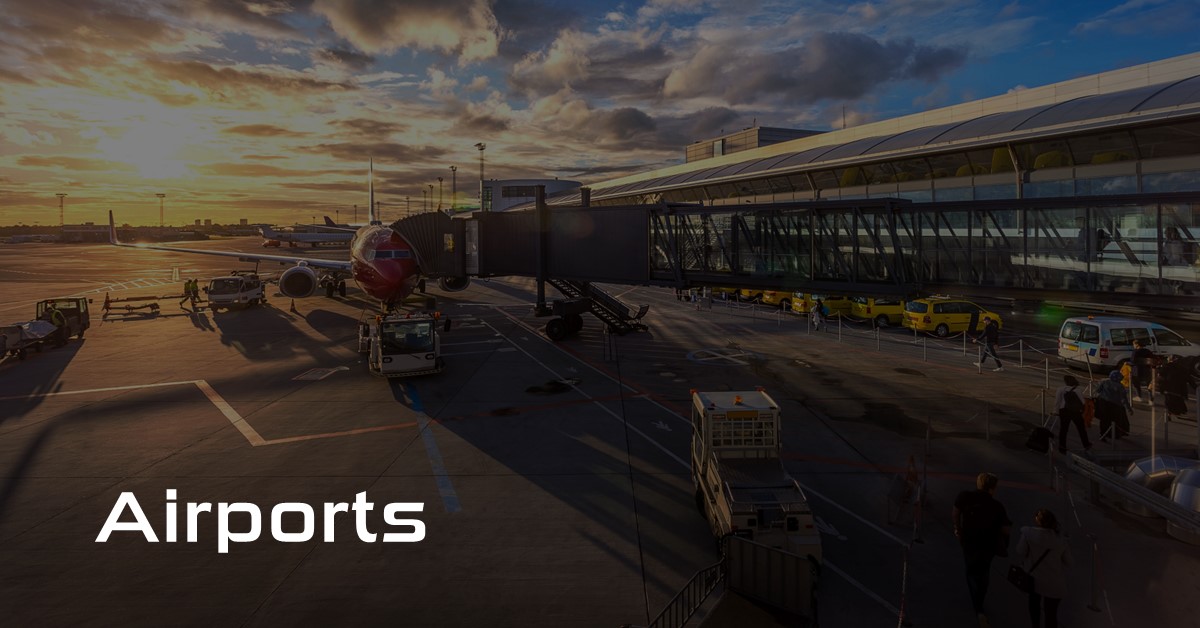New Tracking Technologies: A Potential Game-Changer for Airline On-Time Performance
Ramsey Nuwar highlights how new micro-location tracking technologies, like the system developed by Volan, can revolutionize airline on-time performance by offering real-time visibility of ground operations. Traditional manual tracking methods have often led to inefficiencies and delays. With Volan’s system, our devices can provide precise data on the location and movement of resources such as fuel trucks, baggage handlers, and cleaning crews.
In my years working in airline operations, on-time performance has been one of the key measurements. Despite advancements in many areas, this remains one of our industry’s most persistent challenges. However, recent developments in asset tracking and resource management technology, like the system we’ve developed at Volan, are showing real promise in addressing these long-standing and costly issues.
The crux of the problem has always been visibility to ensure that all the right resources are in the right place at the right time. When an aircraft pulls into the gate, it sets off a complex chain of events. Tugs, fuel trucks, catering services, baggage handlers, and cleaning crews must converge and perform their tasks on-time and efficiently. Traditionally, coordinating this has relied on manual communications and line-of-sight tracking, leading to uncertainty and potential delays.
New micro-location technology is changing this dynamic. At Volan, we’ve developed a system using small, wearable devices or badges for personnel and USB-connected trackers for vehicles. These allow real-time tracking of all ground operations with remarkable precision.
Imagine a scenario where a ramp coordinator can see on their tablet exactly where every vehicle and crew member is at any given moment. They’d know the fuel truck is precisely three minutes away, with two crew members on board. They could spot that the baggage handlers are still tied up with another flight and quickly call for backup.
This level of visibility has several potential benefits:
- Proactive delay prevention: Issues can be identified and addressed before they cause delays.
- Improved resource allocation: With data on asset utilization, airlines can optimize their ground equipment and staff deployment.
- Enhanced safety: Geofencing capabilities can alert operations if a vehicle enters a restricted area.
- Better accountability: With accurate tracking, there’s less room for dispute about the causes of delays.
- Most importantly, our system will enable comprehensive oversight for airlines operating at multiple airports, even at locations without dedicated staff.
It’s important to note that while this technology is powerful, its more significant impact on operations could be realized through integration with existing systems. Volan is currently looking to integrate with various Airport Operational Database (AODB) systems and Resource Management Systems (RMS). Together, we can provide a comprehensive, time-stamped analysis to manage on-time operations to manage on-time operations better.
Moreover, as we move forward with these technological solutions, we must remember the human element. The goal isn’t to replace people but to give them better tools to do their jobs efficiently. The expertise of experienced ground staff will always be crucial in interpreting data and making informed decisions.
As we continue to develop and refine these systems, I’m eager to see how they’ll transform airline operations. They have the potential to significantly improve on-time performance, reduce costs, and enhance overall efficiency.
I’m curious to hear from others in the industry.
- Have you had experience with similar tracking systems?
- What potential benefits or challenges do you see in implementing this kind of location technology?
To learn more about our Volan technology, please contact us.
Our Airport Solution
Volan provides a comprehensive suite of micro-location tracking solutions tailored for airports, addressing both operational efficiency and construction safety. Both solutions leverage Volan’s cutting-edge, accurate technology to create safer, more efficient airport environments
- Our asset tracking technology improves aircraft on-time performance by enabling real-time visibility of ground resources like tugs, baggage handlers, and fuel trucks. This system proactively prevents delays, optimizes resource allocation, enhances safety, and increases accountability while integrating with existing Airport Operational Database (AODB) and Resource Management Systems (RMS).
- Our construction barrier technology offers geofenced tracking for airport construction sites, providing instant alerts if workers enter restricted areas, along with precise location data and a live map view. This solution helps airports meet regulatory requirements without the high costs and inefficiencies associated with human escorts. By reducing the need for full-time security personnel and offering automatic site rostering to track worker entry and exit, airports can significantly lower costs.
To learn more, visit our Solutions for Airports page.
